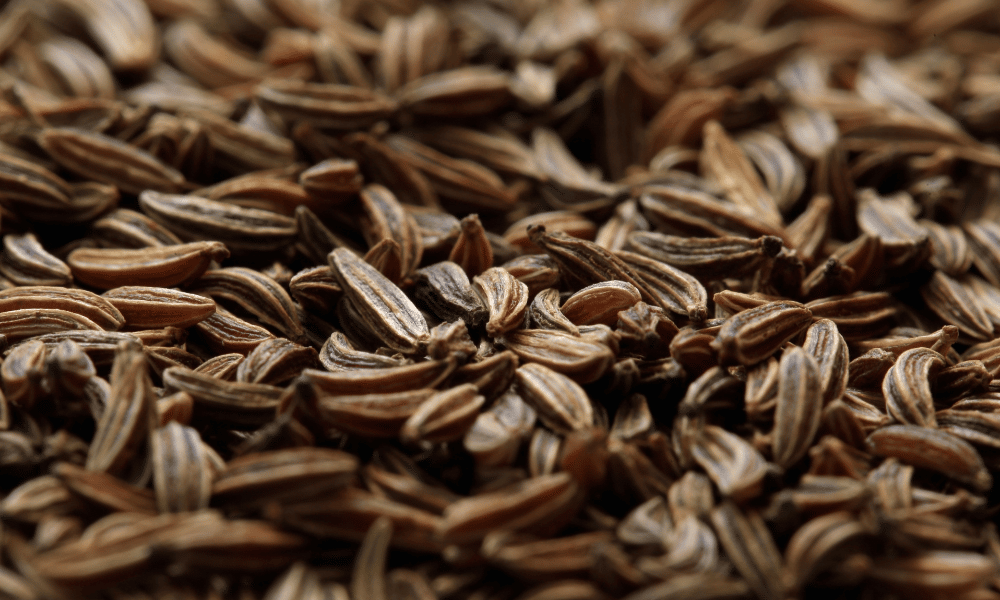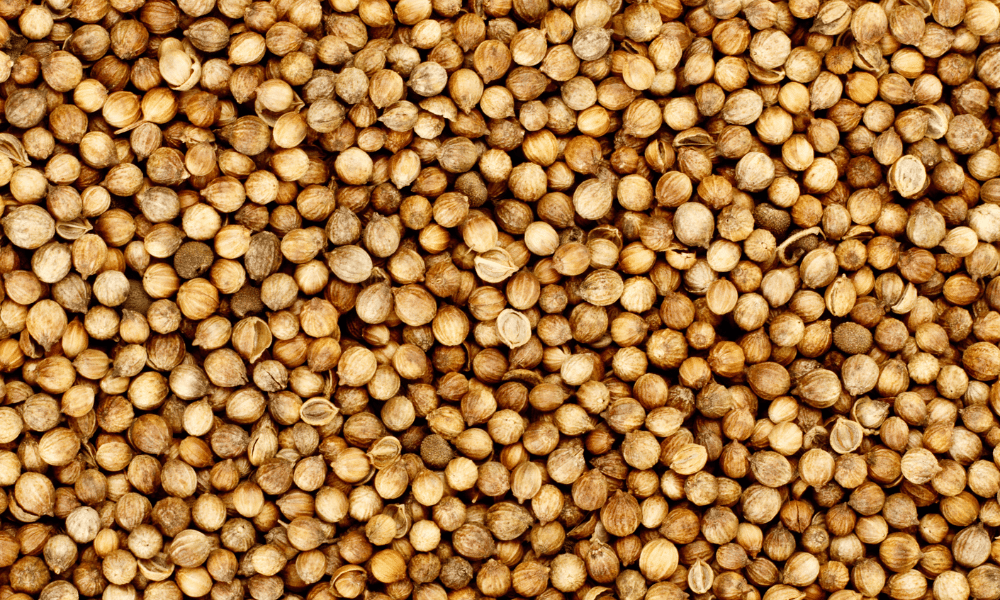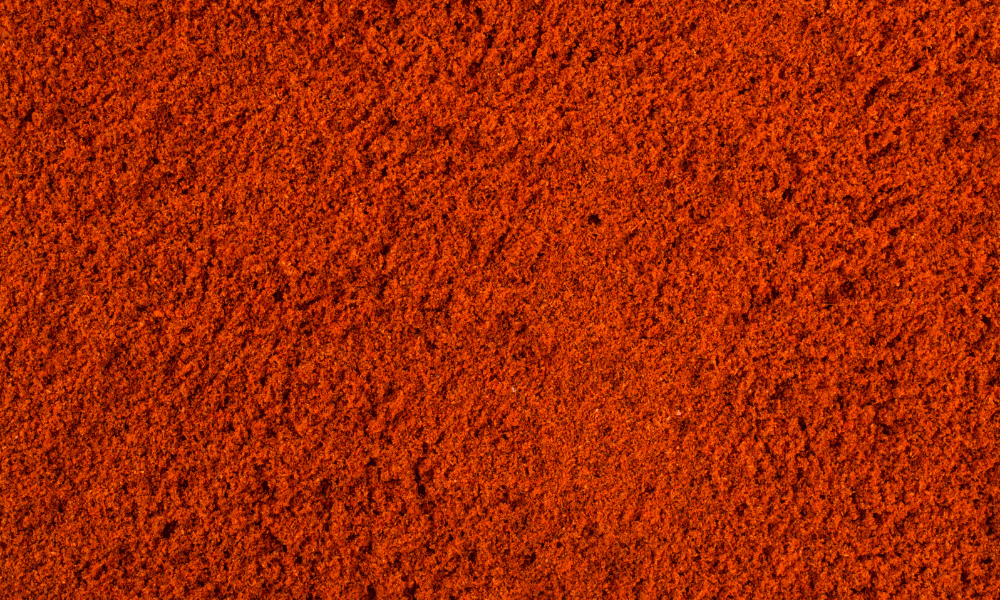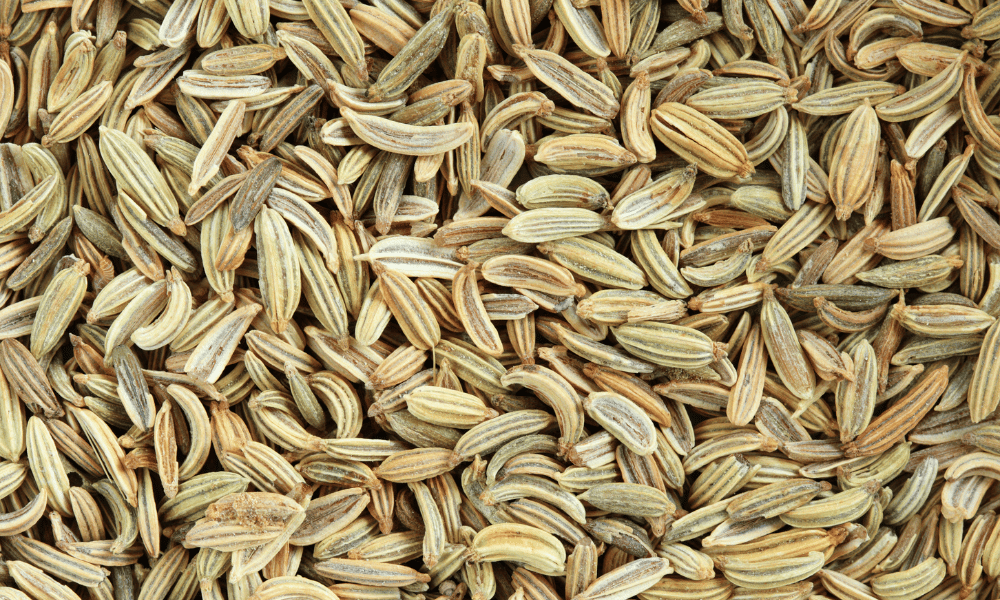Cumin is seen in cuisines all over the world. This is mainly because cumin comes from the cumin plant, which is naturally found worldwide, from southwest Asia and Latin America to parts of the Middle East.
As such, cumin is a well-used spice with a lot of versatility. Curry, hummus and barbecue recipes will call for cumin to help elevate other flavours.
Many people tend to just leave cumin out of a recipe if they don’t have it to hand. But in most cases, that lack of flavour is noticeable.
Our 4 Substitutes for Cumin
The cumin plant is part of the parsley family. It is therefore earthy and slightly bitter but has a distinct sweetness and nuttiness. Some describe it as a complexly warm spice with a light delicateness.
Essentially, cumin is a delicate balance of everything you could want from a good spice. Its complex taste is not too overwhelming, though certainly distinguishable.
Here are our top 4 substitutes for cumin:
1) Caraway Seeds
Cumin and caraway seeds are often mistaken for each other in their seed form. This is most likely because they are closely related, being part of the parsley family.
You will find that caraway seeds are more frequently found in European dishes, while cumin is popular in various dishes.
However, because they are closely related, the two spices are similar enough in flavour to be used interchangeably regardless of the cuisine.
Caraway seeds have the same combinations of flavours (sweet, nutty etc.) as cumin. But instead of being spicey, caraway seeds are warm with a sharp bitterness.
Use between 1/2 – 3/4 the amount of caraway seeds as you would cumin to prevent a bitter dish.
Can You Use Powdered Caraway?
If you can get your hands on some powdered caraway, you can use that instead. Though the seeds are easier to find.

2) Coriander Seeds
Love it or hate it, coriander can work great in many dishes and is popular in the same cuisines that use cumin.
Like cumin, coriander is a dried seed or a parsley-family plant – specifically cilantro.
As such, it has a similar earthy taste. But coriander is lighter and sweeter when cumin is heated with a complex, heavy flavour.
It is very easy to overwhelm your dish with the citrusy coriander flavours when substituting it for cumin. So don’t use more than 3/4 of what you need.
How to Add Spice to Coriander
Coriander will taste more like cumin in any dish when it is combined with a pinch of cayenne powder.

3) Paprika
It is likely that you will already have some paprika in your pantry.
The spice is a kitchen staple and is arguably even more versatile than cumin. So much so that it can work in place of cumin and taste just as good.
Compared to cumin, paprika will have a noticeably hotter taste, with most varieties having smoky undertones.
The spice balances itself out with a citrusy lightness that cumin lacks in the same capacity.
Because of this addition, paprika is best used in cumin dishes that do not rely on deep, complex flavours.
What Dishes Can You Use Paprika In?
Paprika best compliments chicken and pork dishes that are on the sweeter side. It also works well with eggs, cheese and various vegetable dishes.

4) Fennel Seeds
Cumin and fennel fall under the parsley family umbrella of spices, making fennel seeds a suitable substitute for cumin. At least in most cases.
The most noticeable difference between the two spices is that fennel has a distinctly prominent liquorice taste, replacing the earthy warmth of cumin.
Fennel is still sweet when cooked, so it will not necessarily take away from the flavour of your dish. But you will have a less spicy and more taste-specific final result.
How to Balance the Strong Flavour of Fennel
The liquorice flavour of fennel can be overpowering, and it is easy to use a little too much when cooking. Add some extra garlic or sweet vegetables to balance out your dish again.

Other Substitutes for Cumin
Though most of the above spices are usually readily available, cumin is often used in a range of spice blends.
The majority of these blends can be used as a direct substitution for cumin. Including:
- Garam Masala – As it is much more floral than cumin, use garam masala sparingly. But it is a good substitute for achieving a complex flavour.
- Curry Powder – Cumin is a key ingredient n most curry powders, though it lacks the same intensity compared to other spices in the mix. The flavour of cumin will be slightly hidden beneath the other spices.
- Chilli Powder – Though cumin does have a heated kick, it is not the spice’s dominant flavour. Chilli powder is much more heated than cumin but can work easily with other flavours.
Summary
Cumin can easily be considered an all-around spice, spanning cuisines and countries alike. Few other spices live up to the complex flavour of cumin.
However, those that are also a part of the parsley family (such as caraway seeds and coriander) can replicate many of cumin’s flavours with a few slight differences.
